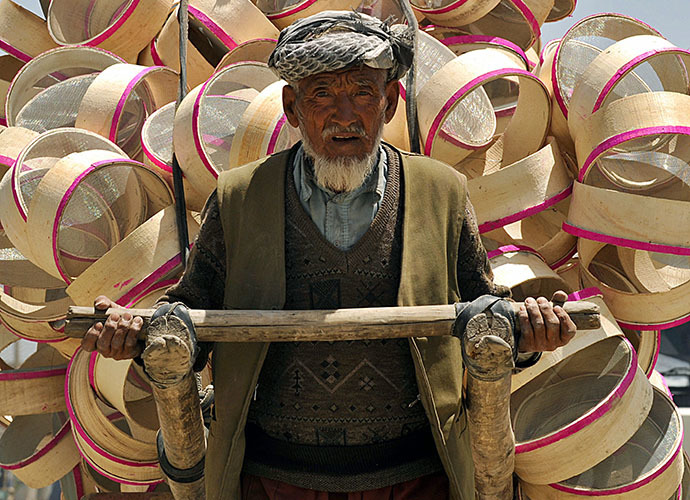World faces major challenges as old-age population balloons - global report

While economic and medical advances mean that people are living longer, much of the world is not prepared to provide a high quality of life to its surging old-age population, according to a new UN-backed report.
Advocacy group HelpAge International and the United Nations
Population Fund collaborated to rank 90 countries on the
conditions provided for their elder population, using data from
the UN, the World Health Organization (WHO), and the World Bank.
They are hoping that just like annual GDP and quality of life
tables, the Global AgeWatch Index will become a major
instrument and standard for policy-makers around the world.
‘‘Unless you measure something, it doesn’t really exist in the
minds of decision-makers,’’ said John Beard, Director of the
WHO’s Department of Ageing and Life Course.
‘‘One of the challenges for population aging is that we don’t
even collect the data, let alone start to analyze it...For
example, we've been talking about how people are living longer,
but I can’t tell you people are living longer and sicker, or
longer in good health.’’
According to the report, Sweden - which has one of the world’s
oldest pension systems - ranks at the top. Afghanistan, which
offers no pensions at all for non-government employees, has been
placed at the bottom.

The problems of middle and lower income countries are likely to
only grow in the future, as birth rates decline and current young
populations begin to age.
The UN estimates that by 2050, the world’s older population -
which is defined as those over age 60 - will increase from the
current 800 million to over two billion.
Currently, Japan is the only country that has an older population
of more than 30 percent. By 2050, 64 countries are expected to
have the same ratios. Worldwide, people aged 60 and over will
outnumber those aged 15 and below.
The demographic transformation will necessitate significant and
often painful social, economic, and political decisions.
The total proportion of the economy spent on pensioners will have
to increase as medical bills rise. Assisted living facilities
will also become more common.
In turn, the current working population will have to make greater
contributions, and retirement ages will likely have to rise to
offset the impact of the ageing population.
Some of the countries facing the biggest obstacles are BRICS
nations like China and India, whose social systems have not yet
been brought up to speed with their booming economies.
Those and other developing countries will have to balance their
need to remain competitive as international manufacturers with
the growing number of older people left behind - particularly
those who do not receive assistance from working family members.
On the other hand, developed states such as Germany and the
Netherlands - which are both placed in the ranking’s top five -
may have to reconsider their generous welfare programs as the
proportion of pensioners increases.












